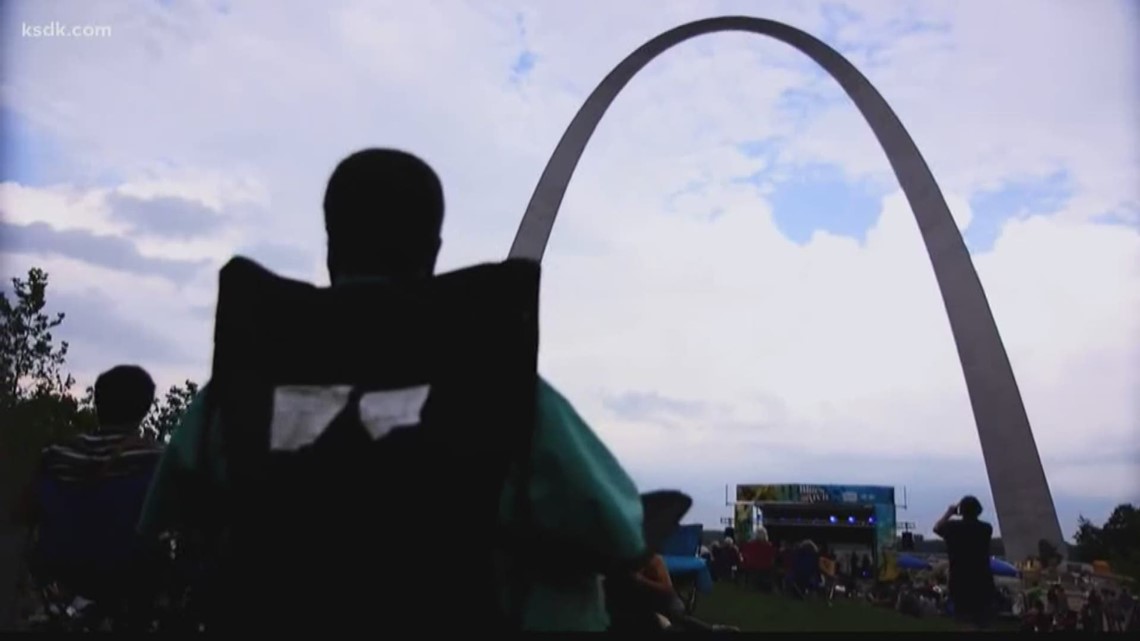

A line through Orion’s belt can help you confirm your identification of Sirius, to the lower left, and Aldebaran, to the upper right. I discussed Orion and the two Dog Stars in depth in the January 2020 and February 2020 editions of this blog. The bright stars of Orion form a distinctive somewhat rectangular shape, with the three stars of the famous belt in the middle. It is Rigel, brightest star in Orion, the Hunter.

The other shines more steadily because it is much closer to Earth- the planet Mars, which just happens to be in the same direction at this point in its orbit.įinally, go back to Sirius and note the bright star to the right and slightly higher.

The one that is twinkling more is the eye of Taurus, the Bull, the star Aldebaran. Look closely, and you will note that both have a slightly reddish or orange tint to them. During March, if you look below Capella, there will be two almost equally bright stars shining close together, high in the southwest to west. Continuing upward, now very high in the south, are two bright stars, side by side, none other than the famous Gemini twins, Pollux and Castor. The next bright star above and somewhat left of Sirius is the lesser Dog Star, Procyon. Sirius is known as the Dog Star, as it is the brightest star in the constellation Canis Major, the Greater Dog. If you ever see a brighter starlike object that is not moving like a airplane or satellite, it must be a planet, usually Venus or Jupiter or rarely like last fall, Mars. The starting point for both groupings is the star Sirius, shining brilliantly in the south in the early evening. These are the Great Hexagon (some call it the Winter Hexagon) and the Winter Triangle. Two of these are usually associated with winter, but carry over into much of the spring. It is often easier to learn the sky by identifying larger groups of bright stars. There are 88 constellations in the sky and many of them are made up of dim stars that can’t be easily seen from urban skies. Some similar transitions occur in the sky at this time of year. Louis received 12.4 inches of snow, and unbelievably, four inches of snow fell on May 2, 1929! Just eight years ago, on March 24, 2013, St. Sometimes, though, the transitions are not smooth. Day and night become equal close to the date of the equinox on March 20 th, marking the official start of spring. As the Earth’s northern hemisphere tilts more towards the Sun, our star rises earlier in the morning, sets later at night, and rises higher in the sky in the middle of the day.


 0 kommentar(er)
0 kommentar(er)
